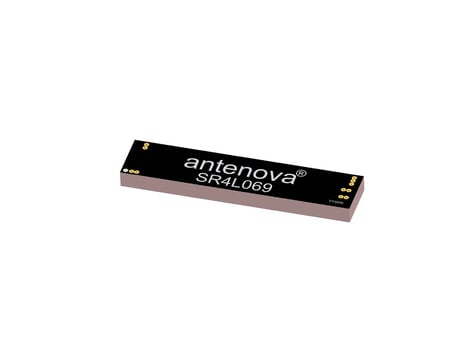Several new technologies have been introduced recently, such as 5G, NB-IoT, LTE Cat-M1. There are many options to consider when choosing a cellular antenna. 4G and NBIoT networks will continue to coexist with 5G networks over the coming decade. So, how do you decide which cellular antenna is suitable for your new product?
The fact is that not all products need the high data-rates of 5G. At the bottom end of the cellular frequency bands, devices that don’t have high data throughput requirements can benefit from the extended reach of lower frequencies. Conversely, at the higher bands, the devices SET to benefit most are those with high data rate requirements.
Our guide to 4G and 5G frequency bands explains the considerations product designers must make when choosing a new antenna for their new device. We take a look at how to match a frequency band to your application, geographical factors, how to achieve certification and a summary of the major 4G LTE and 5G frequency bands.




